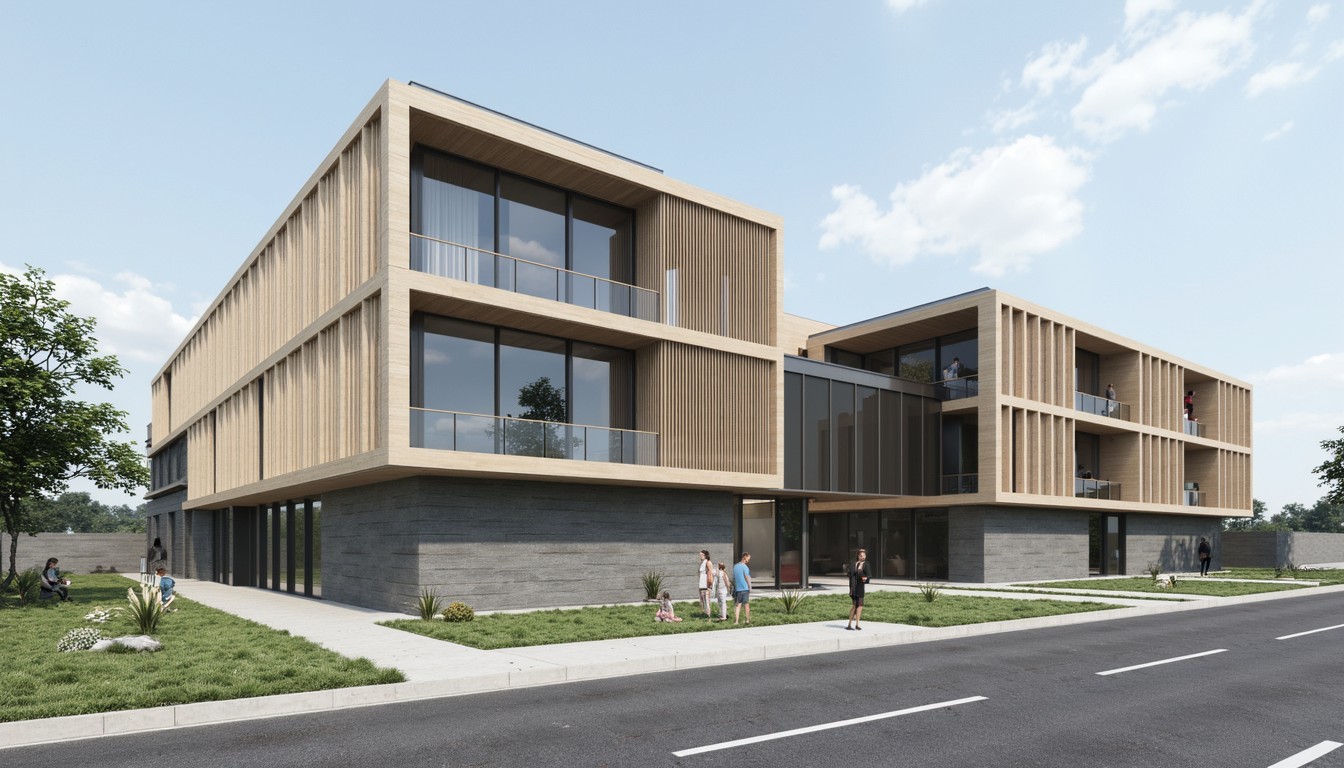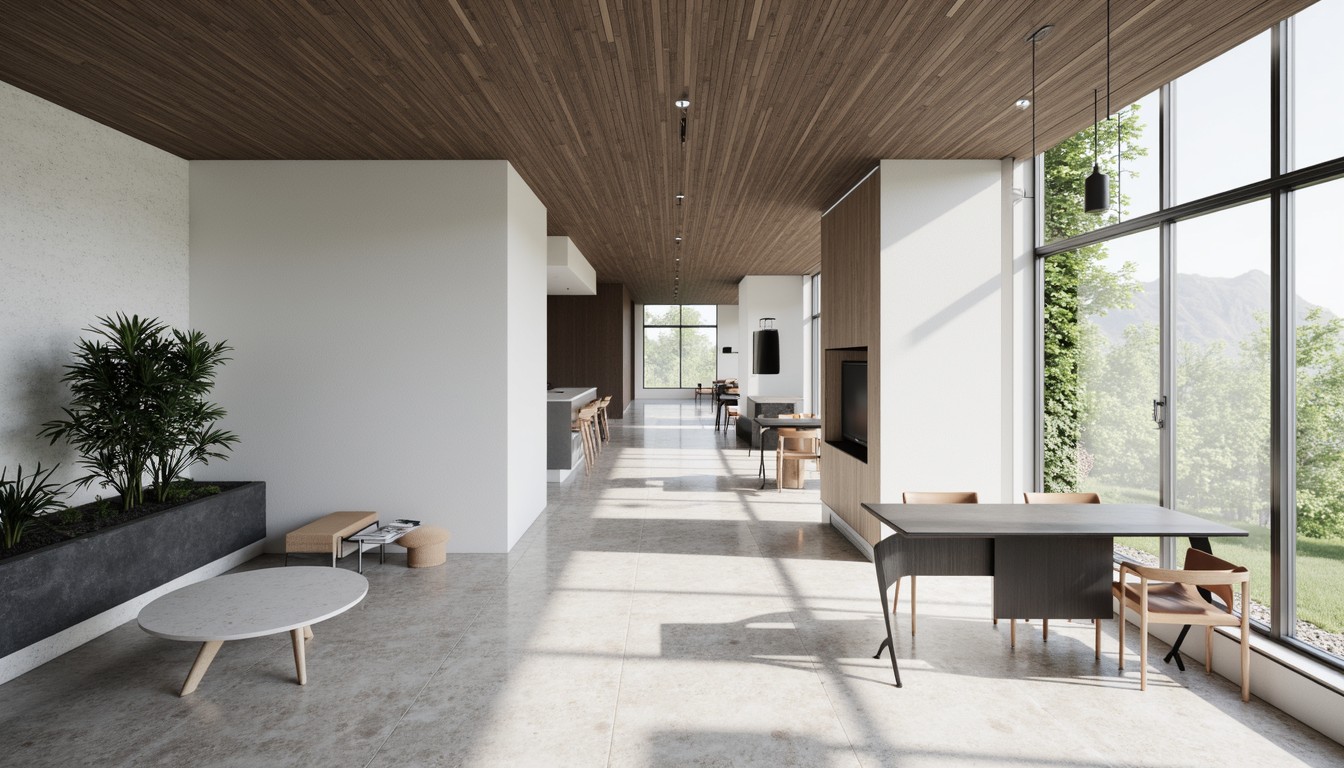BIM Integration: Seamless Construction Workflow
In today's dynamic construction landscape, efficiency and accuracy are paramount. Building Information Modeling (BIM) has emerged as a transformative technology, revolutionizing how projects are planned, designed, constructed, and managed. But the true power of BIM lies not just in its individual components, but in its seamless integration across all phases of a project. This article will explore the crucial role of BIM integration in achieving a truly streamlined and successful construction workflow.
Understanding BIM Integration in Construction

BIM integration goes beyond simply using BIM software. It involves the coordinated and collaborative use of BIM data across different disciplines and software platforms. This includes architects, engineers, contractors, subcontractors, and even owners, all working from a single, shared source of truth. Effective integration facilitates real-time information exchange, minimizing conflicts and improving decision-making throughout the project lifecycle.
Key Aspects of Successful BIM Integration:
- Data Interoperability: Ensuring different software platforms can exchange data seamlessly is crucial. This requires adopting open standards and using compatible software solutions.
- Centralized Data Management: A centralized platform for storing and accessing BIM data ensures everyone works with the most up-to-date information, preventing conflicts caused by outdated models.
- Collaborative Workflows: Establishing clear communication channels and collaborative workflows is essential. This could involve using cloud-based platforms, regular meetings, and well-defined roles and responsibilities.
- Clash Detection and Resolution: BIM software allows for early identification and resolution of clashes between different building components, reducing costly rework during construction.
- 4D and 5D BIM: Integrating time (4D) and cost (5D) data into the BIM model provides valuable insights for scheduling and budget management, optimizing project timelines and resources.
Real-World Applications of BIM Integration

The benefits of BIM integration extend across various aspects of construction:
1. Improved Design Coordination:
By integrating architectural, structural, and MEP models, BIM helps identify and resolve design conflicts early on, preventing costly changes during construction. This leads to smoother workflows and reduced delays.
2. Enhanced Construction Planning and Scheduling:
4D BIM allows for the creation of detailed construction schedules based on the BIM model, enabling better resource allocation and improved project management. This leads to more accurate timelines and reduced project durations.
3. Optimized Cost Management:
5D BIM integrates cost data with the BIM model, enabling accurate cost estimation, tracking, and analysis. This helps in identifying potential cost overruns early on and making informed decisions to optimize the project budget.
4. Enhanced Communication and Collaboration:
A centralized BIM platform facilitates better communication and collaboration among all stakeholders, reducing misunderstandings and ensuring everyone is on the same page. This improves project efficiency and reduces conflicts.
5. Improved Quality Control and Risk Management:
BIM enables detailed quality control checks and risk assessment throughout the project lifecycle, reducing the likelihood of errors and improving overall project quality.
Challenges of BIM Integration
While BIM integration offers significant benefits, it also presents some challenges:
- High Initial Investment: Implementing BIM and training personnel requires a significant upfront investment.
- Data Management Complexity: Managing large datasets and ensuring data integrity can be challenging.
- Interoperability Issues: Not all software platforms are fully interoperable, which can create challenges in data exchange.
- Lack of Skilled Professionals: The construction industry faces a shortage of professionals with the necessary BIM skills.
Overcoming the Challenges

These challenges can be addressed through careful planning, investment in training, and the adoption of appropriate software and workflows. Choosing a reliable BIM integration partner can significantly ease the transition and ensure a smooth implementation process.
ArchNav: Your Partner for Seamless BIM Integration
ArchNav is a leading architectural visualization company with extensive experience in BIM integration and implementation. We understand the challenges involved and can provide expert guidance and support to help you achieve seamless workflows and maximize the benefits of BIM. Our team of skilled professionals can assist with model creation, data management, clash detection, and visualization, ensuring your project is delivered on time and within budget. Contact us today to learn how ArchNav can help you leverage the power of BIM integration for your next project.
